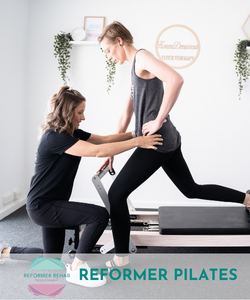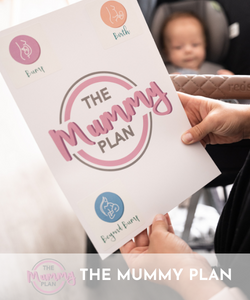Finding out that you are expecting is a time of elation and most likely nausea, it’s unlikely you are thinking ahead as to what changes your body may go through. However, it’s important to know that although it’s obvious that a pregnant person’s body WILL change in many ways, there are very specific changes associated with the musculoskeletal system that will occur.
The body WILL undergo various postural changes in response to the growing foetus. These changes are primarily influenced by hormonal, anatomical and biomechanical factors. As the pregnancy develops, the load upon the pelvis, joints, ligaments, muscles and tendons will increase thus presenting in the following:
- Increased lumbar Lordosis: as the abdominal muscles stretch their strength is ultimately compromised, allowing the pelvis to fall into a more anteriorly tilted position. The posterior lower lumbar musculature with become more active to compensate for this shift in centre of gravity and can result in lower lumber compression and discomfort.
- Forward Head Posture: Due to the changes in pelvic position – the thoracic and cervical region will adapt and compensate for the shift in the centre of gravity resulting in an increased rounded back, forward head position and rounded shoulders. Upper back and neck pain and tightness through the pectorals may result from this.
- Wider Base of Support: To maintain balance with the changing body shape, pregnant women often widen their stance, resulting in a wider base of support while standing or walking. This will impact the functioning of the pelvis, glutes and hip joints.
- Altered Gait: The changes in the centre of gravity, increased weight, and hormonal effects can affect a pregnant woman’s gait. Anterior tilt can result in weaker glutes and tight/weak hip flexors – stride length is commonly reduced, and less force is generated to propel forwards – hence the waddling – side-to-side gait pattern.
Postural changes can vary and present in various ways however, an assessment by A Women’s Health Physiotherapist can help in reducing the extent of these changes in the following ways:
- An Objective postural assessment early in the second trimester: A postural assessment allows the physio to analyse and predict further postural changes. Based on the outcome of abdominal strength testing, “normal posture”, glute strength, balance, and lumbopelvic stability a specific plan to address identified issues can be put in place to help maintain muscle strength throughout the remainder of the pregnancy.
- Based on assessment findings, a specific strengthening program can be put in place and practiced ensuring the capacity of muscles, joints, ligaments and tendons is not outweighed by the load of bump, therefore reducing associated aches and pains.
- Reducing Diastasis Recti – by maintaining optimal abdominal strength – the integrity of the tissue within “the gap” of the 6 pack muscles can remain strong and therefore reduce the severity of the diastasis.
- Upper back strengthening throughout pregnancy can help to counteract the increasing / heaviness – tenderness of breasts which can result in rounding of the shoulders. Strengthening can therefore reduce the risk of upper back pain postpartum and prepare for the increased load of feeding.
- Support Garments: Women’s Health Physio’s can prescribe various support garments that can reduce discomfort by minimising stress and strain on musculoskeletal structures. Pain Management throughout pregnancy is key in alleviating the most common aches and pains associated with not only the increasing size of the foetus but the effects of hormones, and biomechanics on the pelvis and beyond: Less pain = improved capacity to increase or maintain strength throughout those areas under increased load.
- Pelvic floor and deep core training can help towards maintaining optimal lumbo / pelvic stability, thus resulting in improved lumbar posture and increased support for the pelvic organs.
The ultimate aim of a Pregnancy Strength program should be to minimise the stress and strain on the body, therefore, aiding recovery and reducing the overall effects of pregnancy.
Wishing you all a STRONG PREGNANCY with much love your Pregnancy Cheerleader,
Karen Denwood









